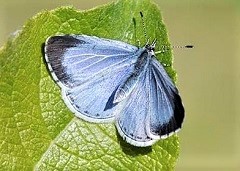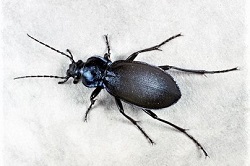AUGUST
In hot dry periods it is essential to keep up regular watering – otherwise, in addition to the obvious damage to plants, there can be knock-on effects, such as blossom end rot in tomatoes, splitting of root crops and flower abortion in runner beans.
Make sure that plants in containers are getting enough water – even if it rains, the foliage often deflects the rain away from the container.
Click on any picture or text link for more info
Trim back lavender plants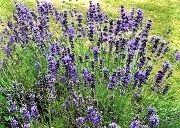 when the flowers have faded, to keep them compact and stop them sprawling.
Make sure you don’t cut back into the old wood, unless it already shows signs of new shoots, as this is unlikely to produce new growth.
when the flowers have faded, to keep them compact and stop them sprawling.
Make sure you don’t cut back into the old wood, unless it already shows signs of new shoots, as this is unlikely to produce new growth.
Disbud Dahlias and Chrysanthemums if you want large specimen blooms: remove the side buds at the top of each stem leaving the one main central bud to develop.
if you want large specimen blooms: remove the side buds at the top of each stem leaving the one main central bud to develop.
For longer stems for cutting, also remove the buds from one or more leaf axils down the stem, depending on the variety.
Conservatory & greenhouse pests
Many will be particularly active now. Check plants regularly for signs of:
before they become too well established.
Rhododendrons, azaleas & camellias: always keep the soil/compost moist throughout the summer, otherwise flower bud formation for next year can be inhibited.
always keep the soil/compost moist throughout the summer, otherwise flower bud formation for next year can be inhibited.
Use collected rainwater, as our tapwater is too alkaline. However, if rainwater runs out, using tap water for a short time is preferable to letting the plants dry out.
Move pots out of hot sun into shade.
Black spot on roses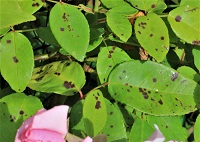 is very common now, but it is too late for fungicide sprays to be effective.
is very common now, but it is too late for fungicide sprays to be effective.
Collect up & burn fallen leaves to help contain the spread of the disease.
Caterpillars on brassicas (cabbage, kale, broccoli, sprouts etc.) can quickly strip the foliage, so keep their parent butterflies at bay, as shown in this video.
(cabbage, kale, broccoli, sprouts etc.) can quickly strip the foliage, so keep their parent butterflies at bay, as shown in this video.
Netting will also protect the plants against pigeons.
Summer pruning of wisteria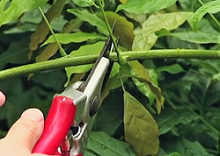 should be done now, if not done last month. Cut back the whippy shoots of this year’s growth to 5 or 6 leaves.
should be done now, if not done last month. Cut back the whippy shoots of this year’s growth to 5 or 6 leaves.
See exactly how to do it in this RHS video.
Semi-ripe cuttings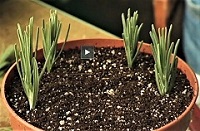 – now is a good time to use this technique to get more of your favourite plants.
– now is a good time to use this technique to get more of your favourite plants.
This RHS video shows how straight-forward it is. If you don’t have a greenhouse or cold frame, a shady window sill will do.
Top up water in ponds & water features where necessary. Remove blanket weed & duckweed. Clearing out fallen leaves and debris regularly will help to keep down algal growth.
Remove blanket weed & duckweed. Clearing out fallen leaves and debris regularly will help to keep down algal growth.
Container plants & border perennials
Feed weekly with a high potash formula, such as tomato or “fruit & flower” feed, which, with dead-heading, will encourage them to keep on flowering into autumn.
Also, check whether any of the items from July still need attention.
Wildlife in the garden
 Bats
Bats
find out more about these intriguing creatures
Make the most of it,
even when its very dry
some really useful insects in the garden
Click any day below for a more detailed weather forecast, which also looks further ahead




